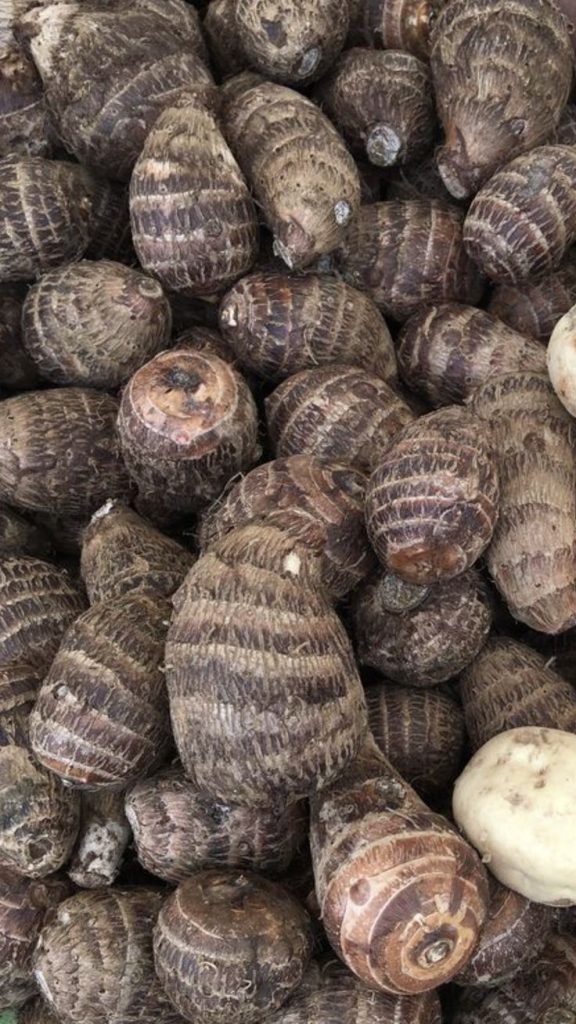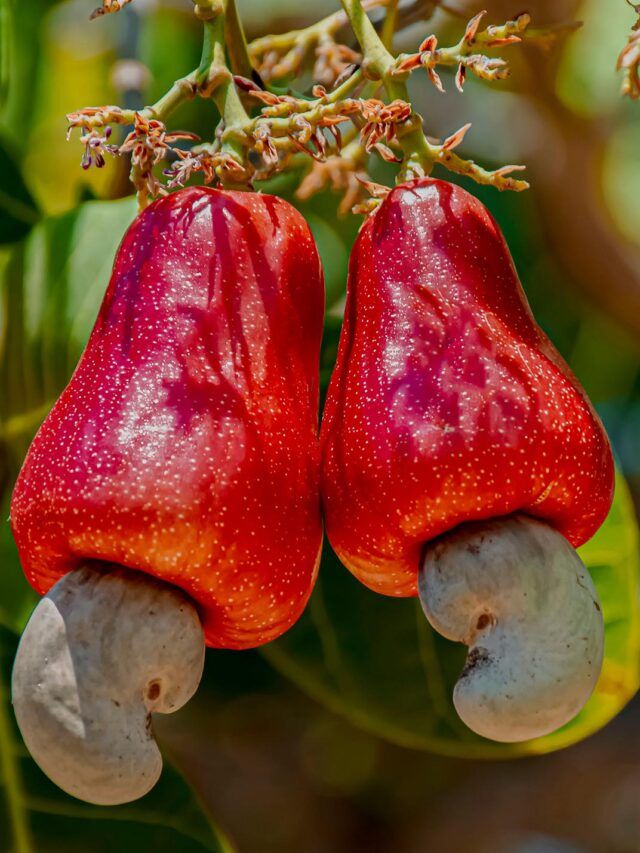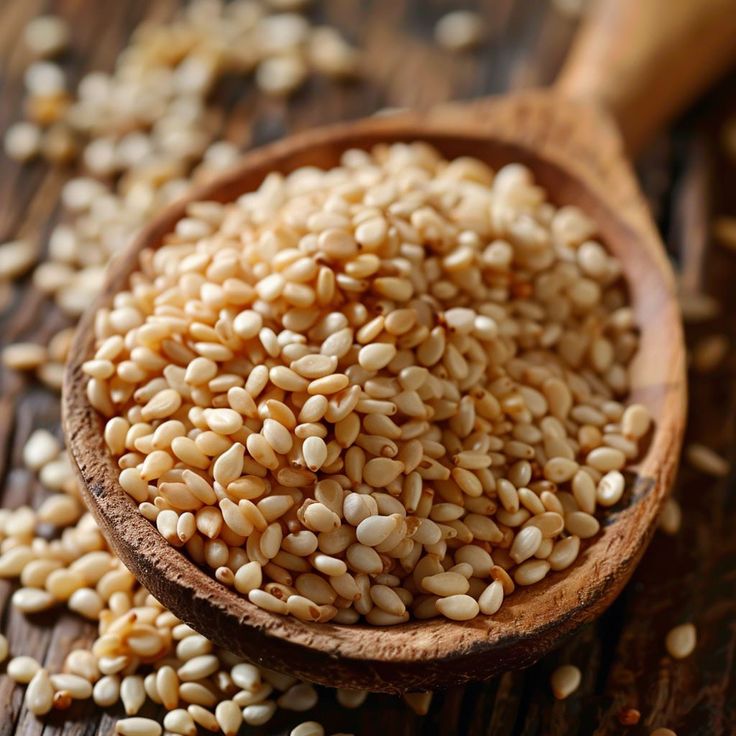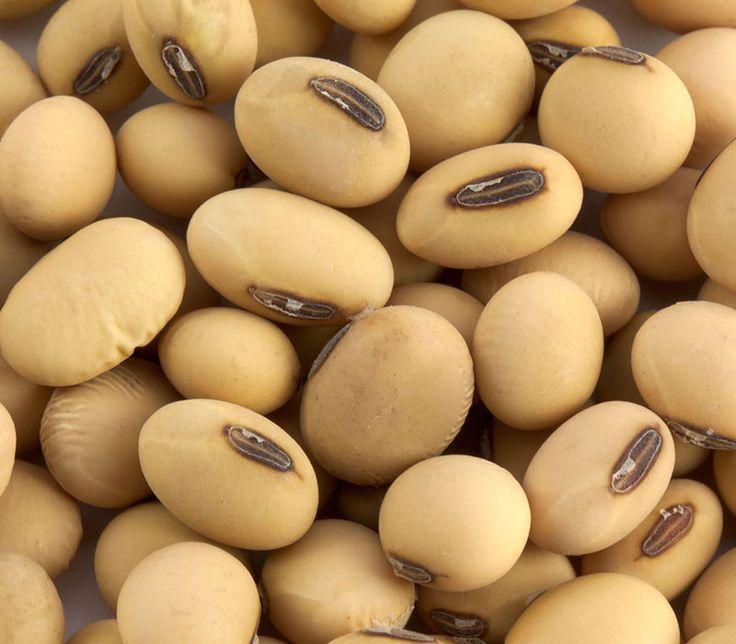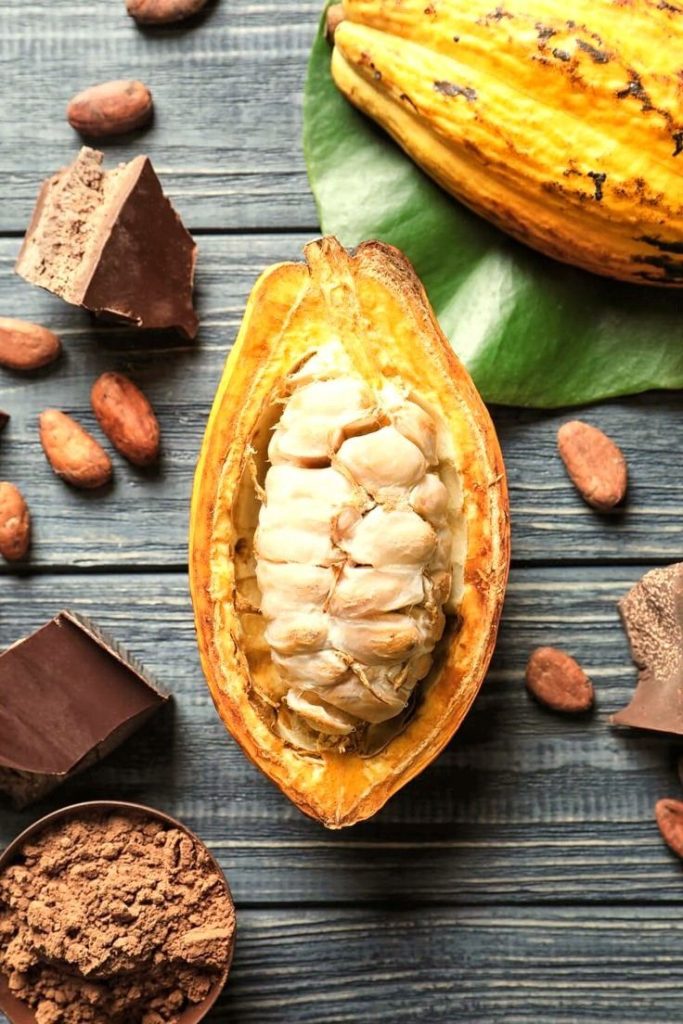Cocoyam (Colocasia esculenta and Xanthosoma sagittifolium) is a starchy root crop valued for its unique flavor, smooth texture, and high nutritional profile. Known for its versatility, cocoyam is enjoyed in various traditional dishes and is increasingly sought after in international markets, especially in regions with large African, Caribbean, and Pacific communities.
Both the roots (corms) and the leaves are edible, making cocoyam a multi-purpose export commodity.
 Why Cocoyam is in High Demand
Why Cocoyam is in High Demand
-
Cultural Staple – Essential in traditional soups, stews, and pottages.
-
Nutritional Value – Rich in carbohydrates, fiber, vitamins, and minerals.
-
Gluten-Free – Suitable for health-conscious and wheat-intolerant consumers.
-
Dual Product Potential – Both roots and leaves (Ede & Ede-Leaf) are marketable.
-
Growing Diaspora Demand – Popular among African, Caribbean, and Asian communities abroad.
Popular Export Forms of Cocoyam
-
Fresh Cocoyam Roots – For direct cooking and processing.
-
Cocoyam Flour – Used for thickening soups or making swallow dishes.
-
Frozen Cocoyam Cubes – Convenience option for restaurants and retail.
-
Cocoyam Leaves – For traditional vegetable dishes.
Major Importing Markets
-
North America – USA, Canada (ethnic food markets and supermarkets).
-
Europe – UK, Germany, Netherlands, France (African and Caribbean grocery stores).
-
Middle East – UAE, Saudi Arabia, Qatar (ethnic food suppliers).
-
Asia-Pacific – Japan, South Korea, Australia (specialty food stores).
Export Processing Steps for Fresh Cocoyam
-
Harvesting – Done when roots are fully matured for optimal taste.
-
Sorting & Grading – Based on size, weight, and skin condition.
-
Cleaning – Removal of soil and debris.
-
Packaging – Using ventilated bags or cartons to reduce spoilage.
-
Cold Storage – Maintains freshness during long-distance shipping.

Quality Standards & Export Requirements
-
Free from Damage – No cuts, bruises, or signs of rot.
-
Uniform Size & Quality – Preferred for retail presentation.
-
Compliance with Food Safety Regulations – For pesticide residue and hygiene.
-
Proper Labeling – Variety, net weight, and handling instructions.
Why Cocoyam Export is Profitable
-
Specialty Market Advantage – High value in niche ethnic and gourmet markets.
-
Multiple Products – Roots and leaves both generate revenue.
-
Consistent Demand – Driven by traditional recipes and cultural food preferences.
IMEN GREEN GLOBAL LIMITED Advantage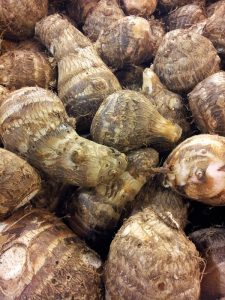
We supply fresh and processed cocoyam sourced from trusted farms and handled under strict quality control to maintain freshness and flavor.
We offer:
-
Fresh, Frozen, and Processed Cocoyam.
-
Organic and Conventional Varieties.
-
Bulk and Retail Packaging Options.
-
Worldwide Shipping with Temperature-Controlled Logistics.
Conclusion:
Cocoyam is a high-demand root crop with strong export potential in ethnic and specialty markets. Exporters who ensure quality, freshness, and compliance can secure profitable positions in the global agricultural trade.

